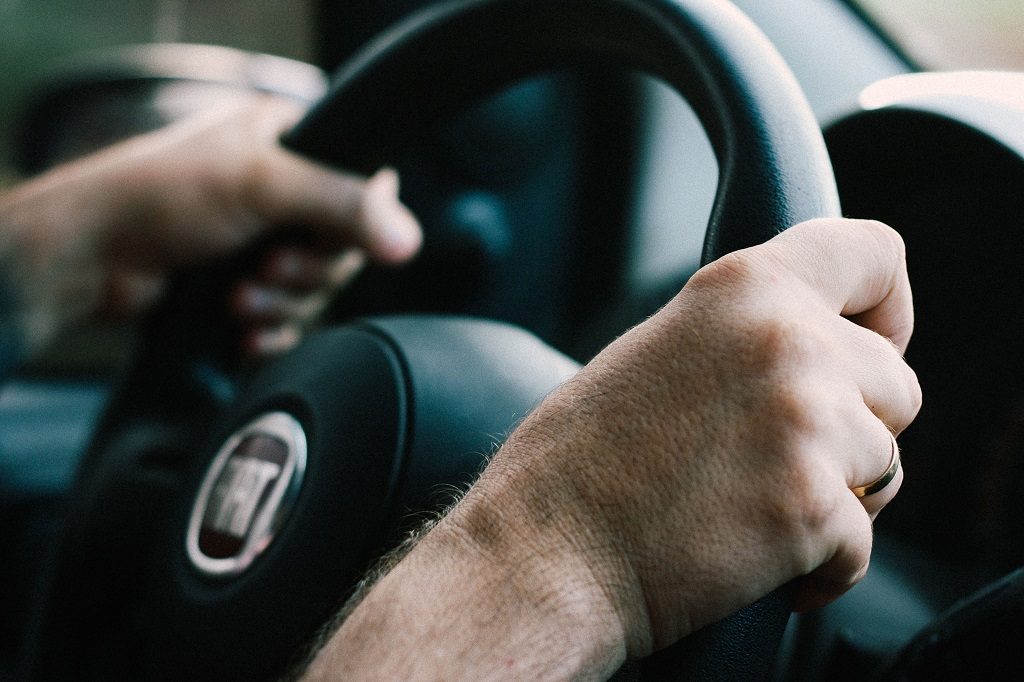Now that Boris Johnson is in Number 10 and promising to leave the EU by the 31st October with his “do or die” approach, we thought it a good time to start looking at some of the ways that visiting the EU is set to change for motorists.
Currently, a UK driving license is all you need to either hire a car or drive your own vehicle in Europe, however, if the UK leaves the EU without a deal on the 31st October 2019, there may be other documentation you require to be able to travel through the continent.
What permit will I need?
An International Driving Permit (IDP) is likely to be essential to UK drivers travelling in the EU and EEA countries after the 31st October. There are three different types of IDP that can be issued from a UK Post Office, and the one you need will depend entirely on which country you intend to drive in.
For example, if you want to visit France, you would need a 1968 IDP, but if you wanted to head further afield to Cyprus, you would need a 1949 IDP and travelling to Liechtenstein would necessitate a 1926 IDP. Some countries covered under the 1968 IDP will also require you to have a paper licence to travel there.
Each country will decide if visitors will need an IDP to visit; some have already confirmed and said that an IDP will not be necessary for certain lengths of visits, providing the driver has a UK photocard or UK paper driving licence.
Find out which type of IDP you need and what countries don’t require an IDP here.
Do I need any other types of documentation?
When driving outside of the UK, motorists will need to identify their vehicles as GB-registered, which is often visible on the car registration plate. However, we would recommend displaying a GB sticker on the rear of your vehicle, even if you already have a GB-identifier on your registration plate.
When travelling abroad for less than 12 months, you will need to bring appropriate vehicle registration documents with you, which could be either your vehicle log book (V5C), if you’re driving your own car abroad, or a VE103 if you’re driving a hired or leased vehicle.
Finally, to prove that your car is insured, you will need to carry a motor insurance Green Card when driving in the EU and EEA. You can obtain these from your vehicle insurance provider. This will only be necessary if the European Commission doesn’t make a decision about UK-registered and insured vehicles.
What does it mean for UK nationals living in EU countries?
If you live in an EU country and currently have a UK driving licence, you will need to exchange that licence for a local EU driving licence before the UK leaves the EU. If you haven’t exchanged your licence before the 31st October, then you may have to pass a driving test in the EU country that you live in before you can continue driving there.
If you live in or are planning to move to an EU or EEA country with a UK-registered vehicle, you will need to have your vehicle retested in that EU country, since the UK MOT test certificates will not be recognised.

What does it mean for those who drive for work in the EU?
For bus and coach drivers who operate in the EU on a working capacity, their travels will be covered by the UK’s independent membership of the Interbus Agreement, although they may also need IDP documentation too. This means that bus and coach drivers will still be able to conduct occasional services – such as coach holidays and tours – immediately after the UK leaves the EU.
Additionally, the Interbus Agreement allows UK operators to run occasional services into all EU countries, and Albania, Bosnia and Herzegovina, Moldova, Montenegro, North Macedonia, Turkey, and Ukraine. All bus and coach drivers will need to carry a certified true copy of their stander international operator’s licence and the top copy of the Interbus waybill. Find out more details here.
Lorry and goods vehicle drivers will need extra documentation to drive their vehicles in the EU and EEA, including potentially one or more IDPs. Drivers conducting haulage journeys in the EU will need a standard international operator’s licence and a community licence. Until January 2020, there are no extra permits necessary beyond the EU community licence.
To drive a lorry in the EU, you also need a Driver Certificate of Professional Competence qualification. However, after Brexit, the EU may not recognise UK-issued Driver CPC qualifications, which means you may need to apply to the relevant body in an EU or EEA country to exchange your current qualification to one that will operate in the EU.
Check full details of the restrictions, documentation and qualifications that lorry and truck drivers need here.
If you’re moving to an EU country and don’t want the hassle of taking your car with you, why not scrap it instead and get some extra cash to help your move? Simply enter your registration number and postcode into our handy quote calculator and find out how much money you could make today!


